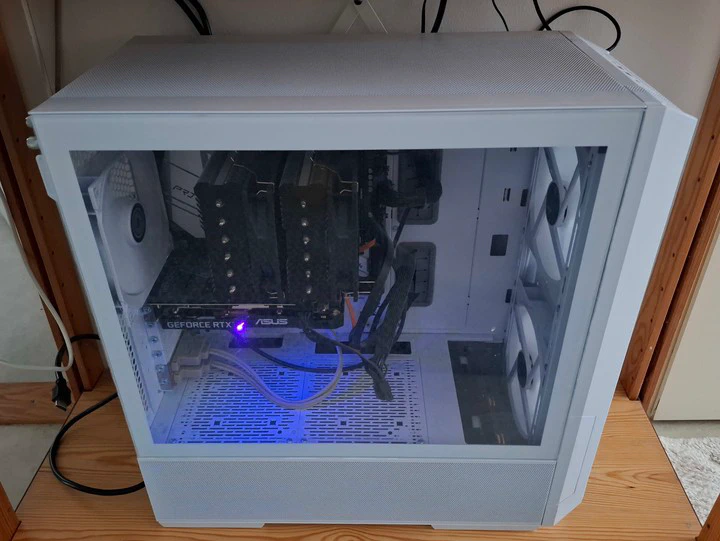Decoding the Carbon Footprint
 Image by Petri Heikkinen
Image by Petri Heikkinen
Table of Contents
Background
The computer lifecycle consists of several stages, each with distinct environmental impacts. Quantifying the environmental impact of each stage in a computer’s lifecycle in terms of percentage can vary depending on factors like technology type (desktops vs. laptops), production methods, energy sources, and usage patterns. However, some general estimates are available from studies and reports.
Estimates on environmental impact
Manufacturing:
Approximately 70-80% of the total environmental impact comes from manufacturing. This includes raw material extraction, component fabrication, assembly, and testing.
Distribution: Distribution accounts for about 5-10% of the lifecycle’s overall environmental footprint. This involves transportation emissions from shipping and logistics networks.
Usage: Energy consumption during usage is responsible for roughly 10-15% of a computer’s total environmental impact, depending on how efficiently it operates and whether renewable energy sources are used.
Maintenance and Upgrades:
The environmental impact of maintenance and upgrades can vary widely but generally contributes around 1-5%. This phase involves replacing or repairing components to extend the device’s lifespan, which may generate additional waste or resource use.
End-of-Life (EoL): Disposal and recycling contribute about 5-10% to the overall environmental impact. Improper disposal can exacerbate negative effects due to toxic material release, while effective recycling helps mitigate some of these impacts by recovering valuable materials.
Lifecycle Stage | Environmental Impact Percentage
Manufacturing | 70 % - 80 %
Distribution | 5 % - 10 %
Usage | 10 % - 15 %
Maintenance & Upgrades | 1 % - 5 %
End-of-Life (EoL) | 5 % - 10 %
These estimates provide a general framework but can differ based on specific studies, technological advancements, and regional practices in manufacturing and waste management. For precise assessments, detailed lifecycle analyses (LCA) for specific devices or models are often conducted.